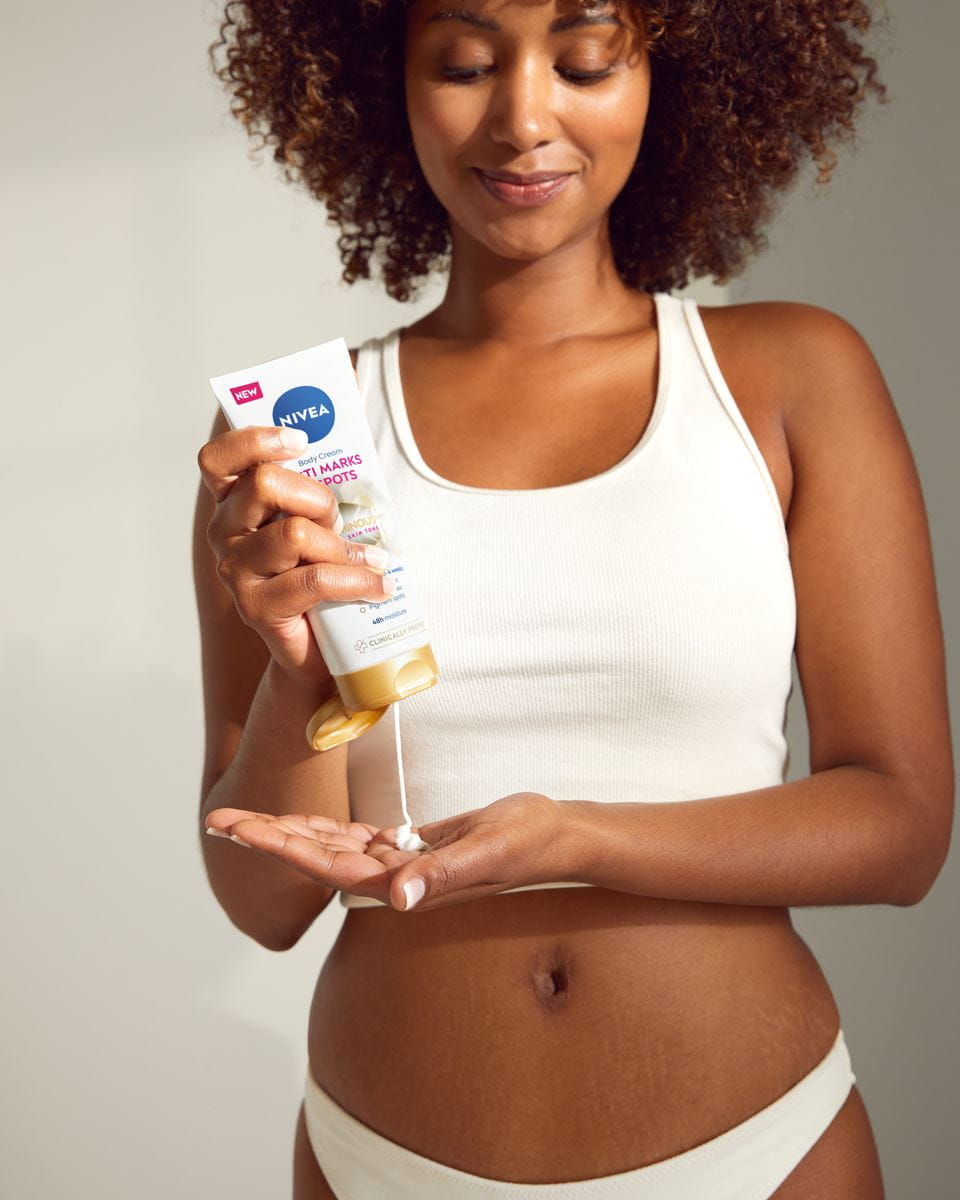
How to build your body care routine
Learn the key benefits and steps to help you create your body skin care routine for smooth and hydrated skin.
How to Build Your Body Skin Care Routine
4 Benefits of maintaining a regular body skin care routine
5-Step body skin care routine
Common body skin care concerns
Extra body skin care tips and tricks
Body skin care routine summary
A regular body skincare routine is essential for maintaining smooth, hydrated, and healthy-looking skin. Key steps include cleansing, exfoliating, moisturizing, and applying sunscreen daily. Proper skin care can help to prevent dryness and when using a sunscreen regularly and as directed, can help prevent signs of early skin aging caused by sun.


